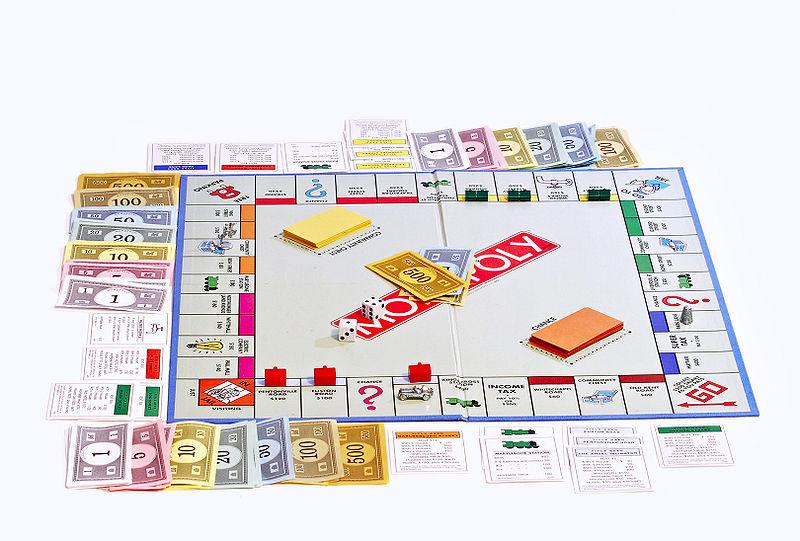
It’s old hat that Bill Gates is currently the richest man in the U.S. valued at $67 billion. But who was the richest person in all of time and space? Who is the rightful heir to our plebian adulation?
There’s no easy answer, since there are is a lack of directly-comparable data across time and geography.
Problems:
- Converting currency values (an ancient Roman sesterce vs. the present day dollar?)
- Deciphering a person’s purchasing power (a rich person in a developing country can get a lot more for their money than a rich person in a developed country)
- Available product inconsistencies (no DVDs for a Roman mogul)
- Different relative costs for goods vs. services (the farther back in history you go, the cheaper services were likely to be—because you know, they didn’t value human life. But commodities like food items cost way more)
But one leading inequality economist is giving it his best try, gosh darnit. His method: simplify the comparison by looking at how many people each opulent gent could employ for the average salary of the time and place (there are probably methodological shortcomings here, but when aren’t there, right?).
So a breakdown of the contenders:
- Famous Roman politician Marcus Crassus (circa 55 BC) who seems to have accrued his wealth through real estate and the slave trade. Speculated number of (non-slave) Romans he could employ: 32,000.
- John D. Rockefeller: Turn-of-the-century oil tycoon, and model example for the board game Monopoly. Purchasing power: 75,000 workers (eat it, Rome).
- Carlos Slim (he and Bill Gates trade spots for largest current fortune, but he is the current title-holder): An entrepreneurial jack-of-all trades. He owns mining, financial, industrial and real estate companies, soccer clubs, and a stake in the New York Times. Employment capacity: a whopping 440,000 (Daaaaamn.)
Congratulations to our grand winner, Carlos Slim! Felicitaciones hombre! We all love-hate you!
(Image: commons.wikimedia.org)






